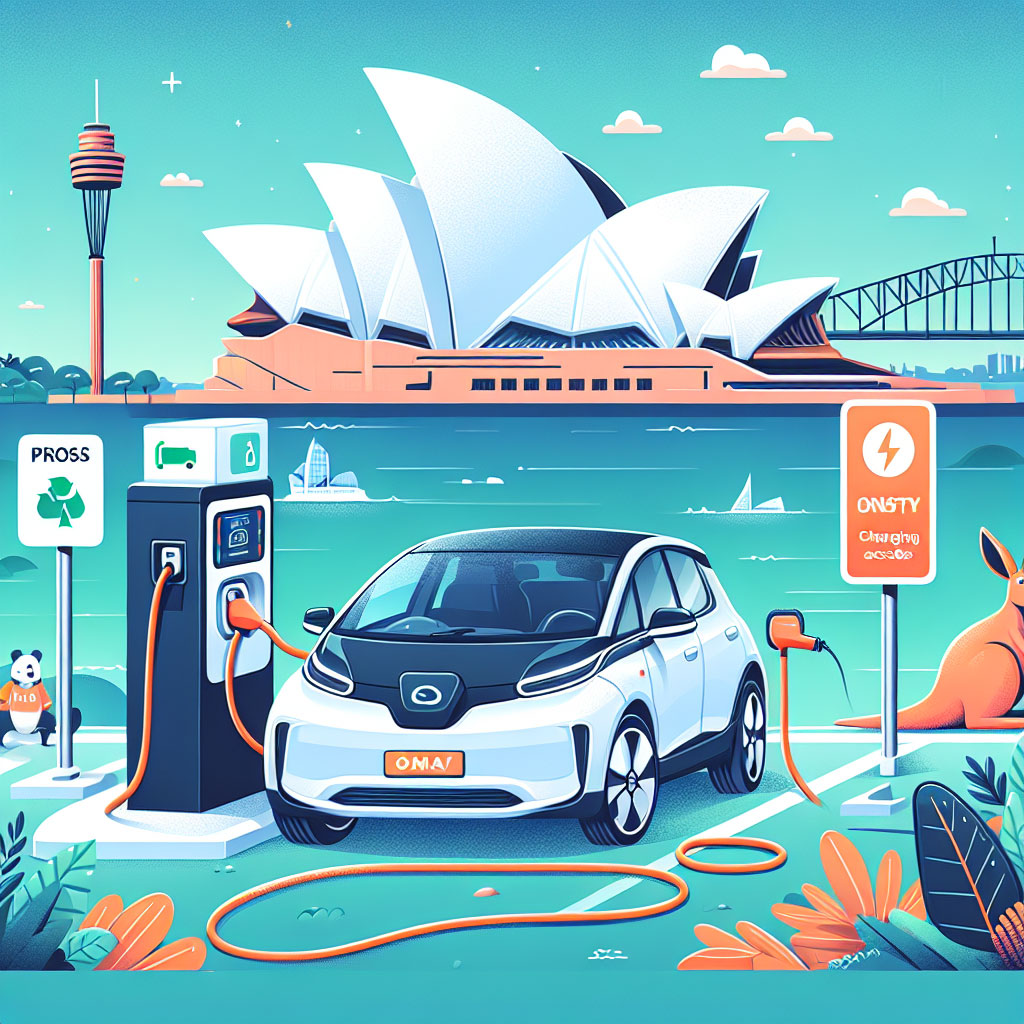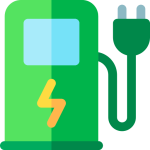
Electric vehicles (EVs) have moved rapidly from niche to mainstream in Australia. Range anxiety has eased thanks to new models and expanding charging networks, yet price remains a decisive factor for many buyers. Although headline-grabbing purchase subsidies have largely wound back, a mix of federal and state measures still exists to reduce the cost of ownership – if you know where to look.
This guide summarises the incentives that were reported across jurisdictions and explains how they work, what to consider when shopping for an EV, and where buyers should confirm up-to-the-minute details.
Big picture: what remains at the federal level
- Fringe Benefits Tax (FBT) exemption: The most significant national incentive for company- and lease-arranged EVs is the removal of FBT for eligible electric cars (often described as the “Electric Car Discount”). For many employers and employees this can materially reduce the real-world cost of novated leases and company cars, and can put EVs on price parity with comparable internal-combustion-engine (ICE) models when novated leasing is used.
- Luxury Car Tax (LCT) threshold and import duties: EVs priced under the higher LCT threshold for fuel-efficient vehicles (commonly cited around the $90k mark in recent reporting) are also treated favourably for tax and import purposes, which can reduce the landing cost for some models.
- Clean energy and battery programs: Federal programs designed to support home energy resilience – notably rebates or discounts for home battery systems such as the Cheaper Home Batteries initiatives – indirectly lower EV running costs by enabling cheaper home charging and shifting demand away from peak grid rates.
State-by-state snapshot (as reported)
Note: Incentive programs have changed significantly state by state. The items below reflect recent reporting and policy moves; check state government websites or your dealer for the latest eligibility windows and application mechanics.
New South Wales
NSW no longer applies dedicated purchase incentives for EVs. Prior to 1 January 2024, buyers could benefit from a stamp duty exemption for vehicles under a threshold (previously cited at $78,000); that has since ended.
Victoria
Victoria removed its EV stamp duty exemption from 1 July 2023. The state also trialled a road user charge (a per-kilometre levy) in 2021; that scheme was struck down by the High Court in 2023 and has not been reintroduced. Current incentives are limited to small registration discounts (for example, modest annual registration fee reductions) and various household-level solar and battery grants that can be used to support EV charging.
Queensland
Historically among the more generous jurisdictions for EV incentives, Queensland has pared back most of its direct purchase incentives. Recent measures reported publicly were limited to discounted annual registration for EVs, delivering a minimum saving (often cited in the hundreds of dollars) on running costs.
South Australia
As reported, from 1 July 2025 South Australia formally ceased offering most EV purchase incentives. A transitional arrangement that provided up to three years of free registration for vehicles registered in a particular historical window remained relevant only for specific earlier purchases.
Western Australia
WA no longer offers state-level purchase incentives for EVs.
Tasmania
Tasmania has retained some targeted support, notably interest-free loan schemes for the installation of home EV chargers – a practical measure for owners who can’t or don’t want to fund upfront charger installation costs.
Northern Territory
The Northern Territory has been reported to waive stamp duty (up to a cap) and registration fees for new EV registrations for a defined multi-year period (for example, a program running from 1 July 2022 to 30 June 2027 in recent reporting), plus grants for residential and business charger installation in some circumstances.
Australian Capital Territory (ACT)
The ACT has moved towards emissions-based registration pricing, which tends to favour low- and zero-emissions vehicles with lower annual registration costs. Recent reporting also identified a stamp duty exemption for new and used EVs registered before certain cut-off dates and a concessional finance offer (0% interest up to a capped amount) under the ACT Sustainable Household Scheme for eligible purchases under a price ceiling.
How these incentives affect the buyer’s bottom line
- Novated leases and company cars: The FBT exemption is often the most commercially significant incentive. Under a novated lease structure this can reduce the monthly outlay and make EVs competitive or cheaper than petrol/diesel equivalents for many staff and fleet buyers.
- Upfront purchase price: Most direct purchase rebates have been wound back in many jurisdictions. Buyers should therefore consider purchase price, available dealer discounts, and whether the vehicle falls below relevant LCT thresholds.
- Ongoing running costs: Registration, insurance and electricity vs petrol/diesel costs matter. Even without large purchase rebates, EVs commonly yield lower fuel and maintenance costs, but registration differences between states can offset some of those savings.
- Home charging and energy systems: Grants, interest-free loans or rebates for home chargers and batteries can influence total ownership costs and real-world convenience.
Practical steps for prospective buyers
- Confirm current state and federal rules: Incentive windows and eligibility criteria can change quickly. Always check the relevant state revenue office, transport authority and the federal government or the dealership before purchasing.
- Run a total cost of ownership (TCO) calculation: Consider purchase price, tax benefits (FBT or LCT implications), registration, insurance, expected electricity costs, maintenance and expected depreciation over your ownership horizon.
- Compare novated leasing: If you’re eligible, run numbers on a novated lease. The FBT exemption can materially change the economics for company-car arrangements.
- Factor in charging infrastructure: Look at home charger rebates and grid incentives, workplace charging availability, and public fast-charger locations that suit your travel patterns.
- Check warranties and battery guarantees: Battery degradation and warranty terms (kilometres and years) are central to residual value and confidence.
- Time purchases carefully: If you’re near a price threshold for LCT or a state scheme cut-off date, small differences in standard equipment or trim can change your eligibility for tax treatments.
Why incentives have tapered off
Policymakers are balancing budget pressures, rising EV market penetration, and the need to transition incentive focus towards infrastructure (chargers, grid upgrades) and clean-energy integration (home batteries and solar). As EV adoption grows and manufacturing costs fall, many governments are shifting from direct purchase subsidies to enabling measures that support charging, grid stability and second-life battery markets.
Conclusion
Australia’s landscape of EV incentives has matured. The most powerful federal measure for many buyers remains the FBT exemption for eligible company-leased cars, while state programs now tend to be targeted – covering registration discounts, charger or battery support, and emissions-based registration schemes. Buyers should not assume a generous rebate will be available at point of sale: the most reliable strategy is to verify current state and federal policy, model different ownership scenarios (including novated leasing where relevant), and factor in charging and energy costs. The economics of EV ownership are becoming increasingly compelling for many households and fleets, but getting the best outcome requires careful planning and up-to-date information.
Frequently asked questions
Q: Is there a national EV purchase rebate in Australia?
A: There is no uniform national purchase rebate for private buyers comparable to schemes in some other countries. The most notable national measure in recent reporting is the removal of FBT for eligible company and novated-leased EVs. For private buyers, incentives tend to be state-based and selectively targeted to chargers, batteries or registration fees.
Q: Which states still offer the biggest incentives?
A: As reported, most states have scaled back direct purchase incentives. The scale and nature of support now varies, with some jurisdictions offering only registration discounts or charger/battery grants, and others having removed most purchase-related incentives. Check the relevant state government website for the most current position.
Q: Does the FBT exemption apply to plug-in hybrids (PHEVs)?
A: PHEV eligibility has varied by policy period. Some measures have extended FBT exemptions to PHEVs for limited windows to support uptake, but those windows have closed in some reporting. Verify current rules with the ATO and your employer.
Q: How can I find out if a specific model qualifies for tax thresholds like LCT exemptions?
A: Dealers and importers normally quote whether a vehicle is priced under the fuel-efficient LCT threshold for the purposes of tax treatment. You can also check pricing against the official LCT thresholds and consult tax advisers or the ATO for complex fleet arrangements.
Q: Are there grants for home chargers?
A: Several states and territories have offered grants, interest-free loans or rebates for residential chargers and batteries. Availability, caps and eligibility change often; confirm with your state energy or transport department and explore local council or retailer offers.
Q: Should I wait for more incentives or buy now?
A: That depends on your circumstances. EV prices are gradually falling and charging infrastructure is improving, but the timing of further incentives is uncertain. If you need a vehicle now, focus on total cost of ownership and available local incentives rather than speculating on new programs.
About EV Evolution
EV Evolution is the leading online platform dedicated to Australian electric vehicle owners and enthusiasts. We foster a vibrant community, delivering essential EV news and insights, and enhancing user engagement through our innovative, AI-powered chatbot for dynamic discussions. Our mission is to empower Australian electric vehicle owners and enthusiasts by fostering a vibrant, AI-driven online community that connects, informs, and advances the nation’s electric vehicle landscape.




